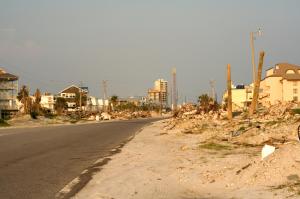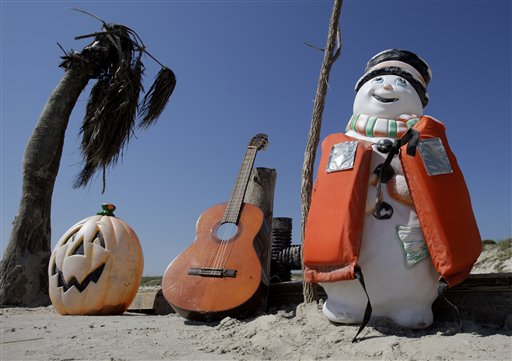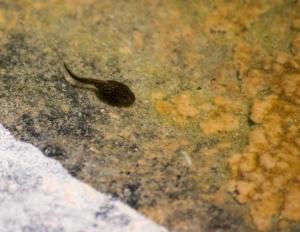Leading Florida-based scientific researchers released two new studies today, including a Florida State University report finding that climate change will cause significant impacts on Florida's coastlines and economy due to increased sea level rise.

© iStockphoto/William MaharStorm damage after a hurricane in Florida.
A second study by researchers at Florida Atlantic University recommends that the state of Florida adopt a series of policy programs aimed at adapting to these large coastal and other impacts as a result of climate change. Key findings of the FAU report were included just this week by Florida Gov. Charlie Crist's Climate and Energy Action Team when it adopted the "Adaptation" section of its final report.
"The impacts of climate change on Florida's coasts and on our economy will be substantial, persistent and long-term, even under our conservative estimates," said Julie Harrington, director of the Center for Economic Forecasting and Analysis at FSU. "Should, as many models predict, sea level rise, and hurricane strength and other factors become more extreme, much greater economic impacts will occur along many parts of Florida's coast in this century."
The second new study, by researchers at FAU, focused on state adaptation policies needed as Florida faces the impacts of climate change.
"The goal of our study is to help the state of Florida adapt, in the most effective way possible, to climate change impacts that are now inevitable," said Jim Murley, director of Florida Atlantic University's Center for Urban and Environmental Solutions and leader of the study. "These approaches must be comprehensive and strategic, not piecemeal and episodic. Governor Crist and other leaders have rightly identified adapting to climate change as one of the state's greatest challenges -- we look forward to working with the state to protect our people, natural splendor, and economic livelihood. There is real work to be done."



